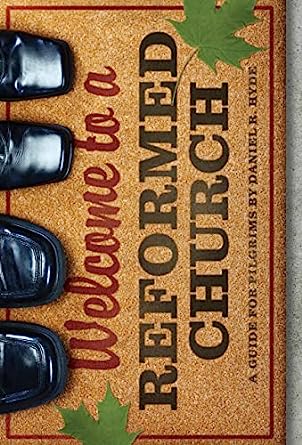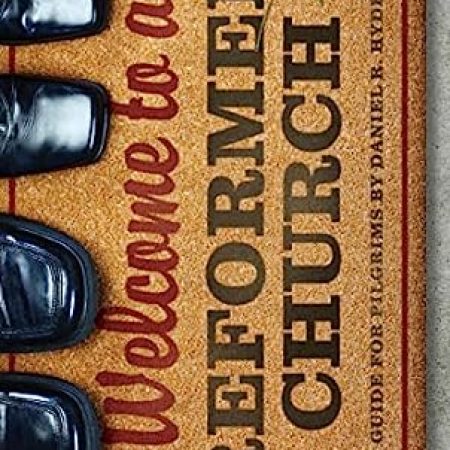
Never judge a book by its cover – or its title! I confess I didn’t get what I was expecting when I started reading this unusual book, but I benefitted from it, none the less. What I expected was a sort of profile or character study of a local church which held to and operated along reformed, biblical convictions. This book does cover that ground, but much more beside; indeed a surprising amount in its 170+ pages.
Having come to reformed theology from a four-square church background, Daniel Hyde sets out to define what is a reformed church, what are its distinctives and what does it look like. Hyde defines reformed churches as Christian, protestant and reformed; Christian because they are rooted in the ancient ecumenical creeds – Apostolic, Nicene, Athanasian and Chalcedon; protestant because they continue to hold to the Reformation solas; reformed because they are “Churches that are reformed according
to the Word of God” and expressing their theological convictions in the form of various Confessions and Catechisms . In many ways, this is where this book comes into its own. Hyde gives a short summary of the main reformed credal statements – Belgic, Heidelberg, Canons of Dort and Westminster and then , through the rest of the book, as he considers such issues as Scripture, covenant, justification, and sanctification, he draws on these to demonstrate how pivotal, reformed theological truths have been enshrined in these statements of faith.
“To be a Reformed church, then, is to be a biblical church–but also a confessional church. This means that what Reformed churches believe to be the foundational truths of God’s Holy Word are stated in public documents called creeds (Apostles’, Nicene, and Athanasian, as well as the Definition of Chalcedon), catechisms (Heidelberg, Westminster Larger and Shorter), confessions (Belgic and Westminster), and canons (Canons of Dort).” Arguing against those who question the validity of non-canonical statements of faith, Hyde persuasively argues that such expressions of truth and belief are both biblical and beneficial.
In the last three chapters, Hyde turns to what I was expecting from the book. He looks at the reformed church itself, identifying its distinguishing marks, what its worship should look like and its means of grace – preaching and the two sacraments.
The book closes by addressing some frequently asked questions about reformed theology and its views on, among other things evangelism, creation and the Holy Spirit and then provides a very helpful bibliography to help you “…explore the theology, history, liturgy, and community of a Reformed church.” This list includes some titles that will help make some of the great histroical confessions more accessible and valued.
I can do no better than agree with one of the book’s commendations which describes it as “One of the most useful studies of the basics of Reformed belief, worship, and practice that I have come across.” It’s not a light read, and will stretch the `average’ pilgrim it seeks to guide; but it will undoubtedly repay careful and thoughtful study.
For the purpose of review, I received a complimentary copy of the book from the Publishers. I was under no obligation to write a positive review.
Ligonier Ministries (17 Mar. 2010) Review written in 2011
